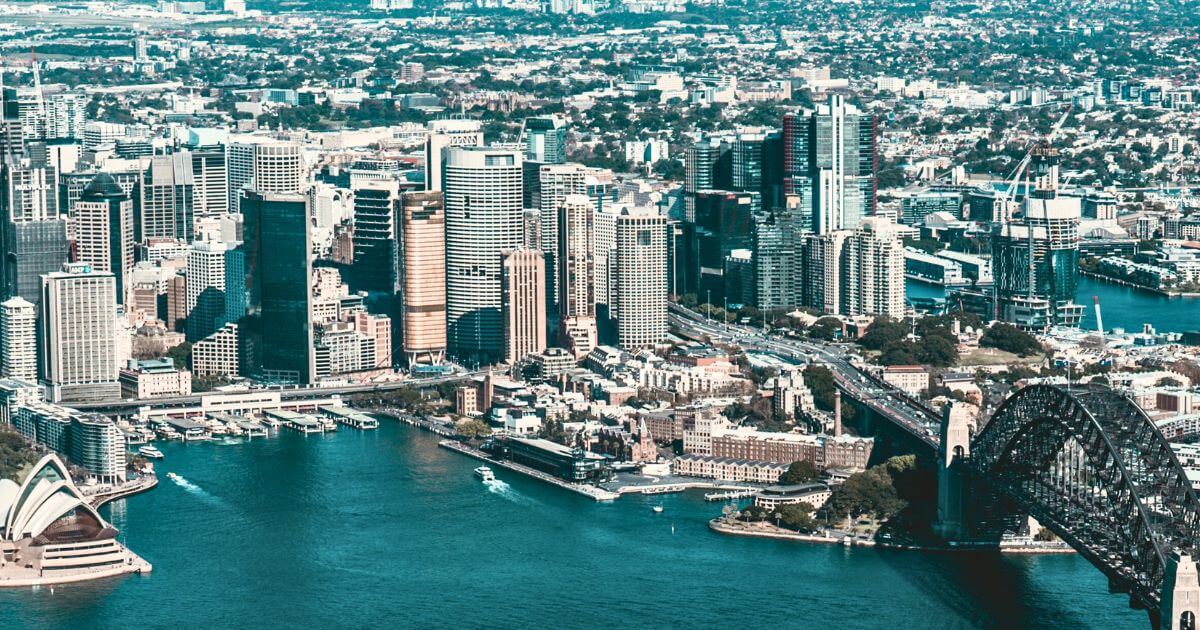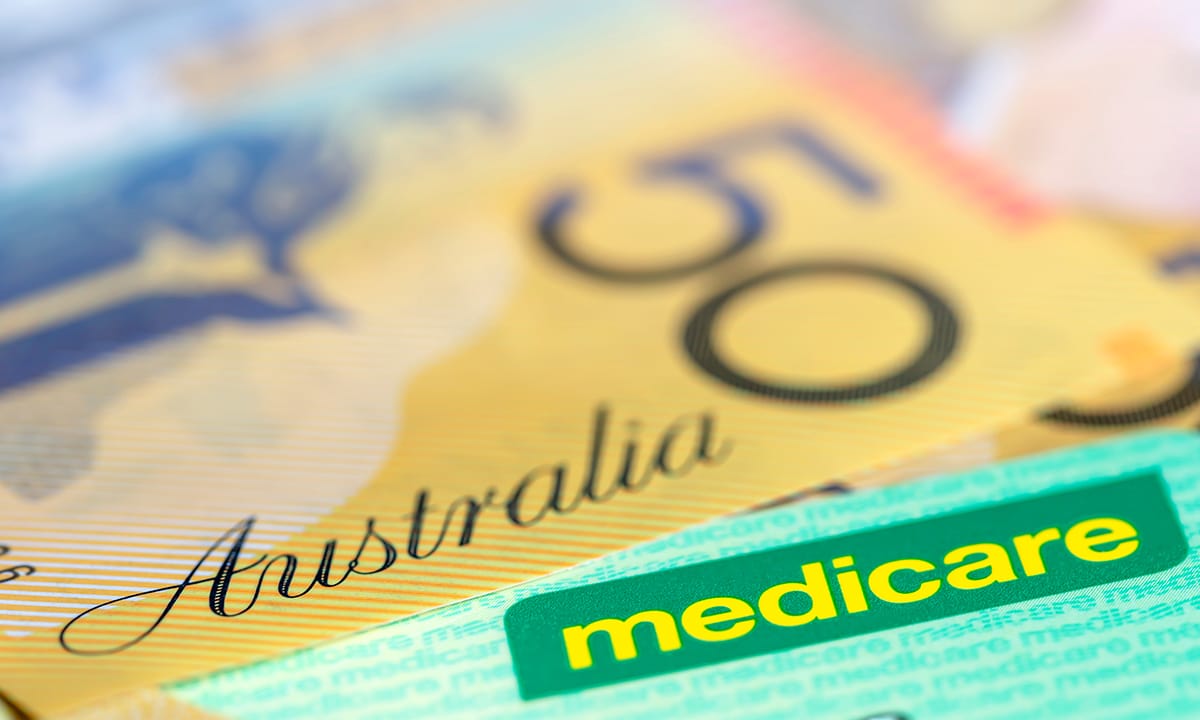Cost of living in Sydney continues to be a key factor for anyone considering a move to Australia’s most iconic city. As one of the most desirable urban hubs globally, Sydney offers spectacular beaches, a booming job market, and a vibrant cultural life—but all at a price. Whether you’re relocating for work, study, or simply chasing the sun, understanding the detailed breakdown of daily, monthly, and annual expenses is essential to managing your budget effectively in 2025.
Housing is by far the most significant expense. For those wanting to live in the city centre, expect to pay an average of AUD $750 per week for a one-bedroom apartment, and up to AUD $1,000 for two bedrooms, according to rental listings on (Domain) and (Realestate.com.au). Suburban options, like Parramatta or Burwood, offer some relief, with rents closer to AUD $520–$650 per week. Whether you’re renting or dreaming of buying, websites like (NSW Government Housing) and (Property NSW) provide up-to-date insights on prices and availability.
But rent is only part of the equation. The Cost of living in Sydney also includes essential daily expenses like food, utilities, and transportation. A weekly grocery shop will set a single person back about AUD $100, with budget-friendly supermarkets like (Aldi) and standard retailers such as (Woolworths) and (Coles) offering a variety of price points. A cappuccino in the city averages AUD $5, and dinner at a mid-tier restaurant hovers around AUD $30. Public transportation is widely used, with the (NSW Transport) system covering buses, trains, ferries, and light rail. A regular weekly commute might cost AUD $50–$70 via the Opal card.
Lifestyle costs further shape how far your income stretches. Gym memberships, theatre outings, movie tickets, and social events can easily add AUD $400–$600 monthly, depending on personal habits. Fitness clubs like (Fitness First) and entertainment venues such as the (Sydney Opera House) give a taste of what’s possible—but come at a cost. Subscription services, meal kits, and weekend trips to nearby destinations like the Blue Mountains also impact budgeting.
When assessing affordability, income levels play a crucial role. The average annual income in Sydney is just over AUD $100,000, according to reports from (Australian Bureau of Statistics), but those earning minimum wage or in entry-level roles often struggle to keep pace. Dual-income households fare better, while high earners in sectors like tech, healthcare, and finance can maintain comfort and even save.
Ultimately, while Sydney remains one of the most liveable cities in the world, its elevated prices demand careful financial planning. Knowing where to find accurate data and leveraging resources from official sites will help individuals and families make informed choices about housing, work, and lifestyle in this dazzling but demanding city.
Housing and Rent Prices Across Sydney
Rental Costs in the City Centre
Living in Sydney’s CBD means paying a premium. The average weekly rent for a one-bedroom apartment in the city centre is around AUD $750. For a two-bedroom, that figure jumps to about AUD $1,000 per week. This high price is reflective of the city’s vibrant business hub and proximity to landmarks. The Cost of living in Sydney becomes significantly higher when choosing a central location.
Suburban Rent and Affordability
In suburbs like Parramatta, Burwood, and Ashfield, rent drops significantly. A one-bedroom unit costs about AUD $520 per week, while a two-bedroom apartment averages AUD $650. Suburban living offers better value while still being within commuting distance of the CBD, impacting the overall Cost of living in Sydney in a manageable way.
Shared Accommodation and Student Housing
Students and young professionals often opt for shared accommodations. Renting a single room in a shared apartment in areas like Newtown or Redfern can cost between AUD $200–$350 per week. University-managed housing is even more structured, averaging AUD $400 per week, inclusive of bills and amenities.
Hidden Costs: Utilities and Maintenance
Electricity, water, and internet are often not included in rental prices. Monthly utility costs for an average household range from AUD $150 to AUD $250. Internet plans average AUD $70 per month for unlimited data with NBN services. These additions must be factored into the full housing budget.
Buying Property: A Distant Dream?
Sydney’s property market remains one of the least affordable globally. As of early 2025, the median house price sits at approximately AUD $1.45 million. Apartment prices average AUD $830,000. This makes ownership inaccessible for many, especially first-home buyers, further increasing the reliance on renting.
Luxury Living in Prime Locations
For those seeking luxury, areas like Double Bay, Mosman, and Bondi Beach feature premium rentals from AUD $1,200–$2,500 per week. These prices include ocean views, modern architecture, and exclusive neighbourhood perks. The lifestyle here is exceptional, but the costs are equally high.
Short-Term Rentals and Airbnb
Short-term rentals such as Airbnb can cost between AUD $120 and $350 per night depending on the season and location. Tourists and temporary visitors might find this more flexible than hotels, but significantly more expensive over time than long-term rentals.
Daily Expenses: Food, Transport, and Essentials
Grocery Shopping on a Budget
Grocery costs vary depending on the store and brand. A weekly shop for a single person typically costs around AUD $90–$120. Supermarkets like Coles and Woolworths offer competitive prices, while Aldi is often the cheapest. For instance, 1L of milk costs around AUD $1.60, and a loaf of bread around AUD $3.50. Food costs heavily contribute to the Cost of living in Sydney.
Eating Out: Café Culture and Restaurants
Sydney’s food scene is diverse but pricey. A coffee averages AUD $5, and a meal at an average restaurant is AUD $25–$35 per person. Fine dining at venues like Quay or Bennelong can reach AUD $180–$300 per person. Dining out regularly increases the overall Cost of living in Sydney.
Public Transport and Opal Cards
Sydney’s public transport is well-connected but not cheap. The average weekly Opal card spend is AUD $50–$70. A one-way train ride from the suburbs to the city can cost AUD $4.50–$7.00. Daily caps help manage costs, but commuting long distances adds up over time.
Fuel and Car Ownership
Petrol prices in Sydney average AUD $2.10 per litre in 2025. Monthly car-related expenses, including insurance and registration, can total around AUD $400–$600. Parking in the CBD is another cost, often AUD $30–$70 per day, making public transport a preferred option.
Healthcare and Medication Costs
While Medicare covers many healthcare services, out-of-pocket expenses still exist. GP visits without bulk billing average AUD $85. Basic medication like paracetamol costs around AUD $4, while prescriptions vary. Private health insurance adds AUD $150–$250 monthly to individual expenses.
Clothing and Personal Items
A pair of jeans from a mid-range brand like Levi’s costs around AUD $120. Basic t-shirts range from AUD $30–$60, and a pair of running shoes costs about AUD $160. Personal care items such as shampoo and toothpaste also add to weekly spending.
Childcare and School Supplies
Childcare in Sydney is expensive. Average full-time daycare fees are around AUD $140–$180 per day. School uniforms, excursions, and stationery can total AUD $1,500 annually per child, significantly adding to a family’s cost of living.
Lifestyle Choices and Entertainment Costs
Gym Memberships and Fitness Options
Fitness costs vary by provider. Basic gyms like Anytime Fitness charge around AUD $17–$25 per week. Premium gyms or yoga studios in the city can charge up to AUD $60 per week. For outdoor enthusiasts, Sydney’s parks and beaches offer free alternatives.
Cinema, Theatre, and Arts
A movie ticket in Sydney costs around AUD $22, while premium formats (IMAX, Gold Class) cost up to AUD $38. Theatre shows at the Sydney Opera House range from AUD $60–$200. Cultural experiences enrich life but increase the Cost of living in Sydney.
Nightlife and Social Events
Sydney’s nightlife includes pubs, rooftop bars, and clubs. Entry fees range from AUD $10–$30. A cocktail typically costs AUD $22, and beer ranges from AUD $10–$14. Attending one social event per week could add AUD $300–$500 monthly to your budget.
Sporting Events and Concerts
Tickets to Sydney Swans or Sydney FC games range from AUD $30–$70. Concerts for major artists average AUD $130–$250. Regular attendance at events like these makes a significant impact on the Cost of living in Sydney.
Streaming, Books, and Home Entertainment
Netflix subscriptions cost AUD $17.99/month, while platforms like Stan and Disney+ cost AUD $14.99/month. Buying new books costs AUD $25–$35 each. Many residents rely on streaming and digital libraries to manage costs while maintaining access to entertainment.
Weekend Getaways and Travel
Domestic flights from Sydney to Melbourne or Brisbane cost between AUD $120–$200 round-trip. A weekend in the Blue Mountains or Hunter Valley might cost AUD $400–$600 for two people, including accommodation, fuel, and meals. Travel adds richness but comes at a price.
Subscriptions and Lifestyle Services
Meal delivery services like HelloFresh cost around AUD $75–$130 per week. Premium Spotify or Apple Music subscriptions are AUD $12.99/month. Uber rides within the city average AUD $22. Regular use of such services increases monthly lifestyle expenses quickly.
Comparing Salaries and Affordability for Residents
Average Income in Sydney
The median weekly income in Sydney is AUD $1,950, translating to roughly AUD $101,400 annually. However, the Cost of living in Sydney often outpaces salary growth, especially for younger workers and international residents on temporary visas.
Minimum Wage and Entry-Level Jobs
Australia’s national minimum wage is AUD $24.10 per hour as of 2025. Full-time entry-level positions yield around AUD $46,000–$52,000 annually. After tax, it leaves roughly AUD $800–$950 per week. For many, this is barely enough to cover basic living expenses in Sydney.
High-Paying Professions and Sectors
Tech professionals, finance analysts, and medical staff earn significantly more. Senior IT professionals earn between AUD $120,000–$180,000 annually. Surgeons and anaesthetists top the list with incomes over AUD $250,000. These roles offer breathing room against Sydney’s high costs.
Dual-Income Households
Two-income households, especially without children, are better positioned to manage expenses. A couple earning AUD $75,000 each can live comfortably, with joint monthly income exceeding AUD $12,000 before tax. This setup can offset the Cost of living in Sydney more effectively.
Savings and Disposable Income
After essential costs (rent, groceries, transport), many Sydney residents save less than 10% of their income. A survey by Finder in late 2024 reported that 48% of Sydney workers had less than AUD $5,000 in savings. Discretionary spending is increasingly limited.
Financial Stress and Debt
Household debt in Sydney remains high, with mortgage debt averaging AUD $585,000 per household. Credit card debt per adult is around AUD $2,900. Many residents report financial stress, especially those with variable interest rate loans and high rental burdens.
Cost vs. Quality of Life
Despite high expenses, Sydney ranks among the world’s most liveable cities due to its climate, safety, and public services. In Mercer’s 2024 Quality of Living Index, Sydney ranked 10th globally. For many, the lifestyle balance justifies the premium cost of living.




